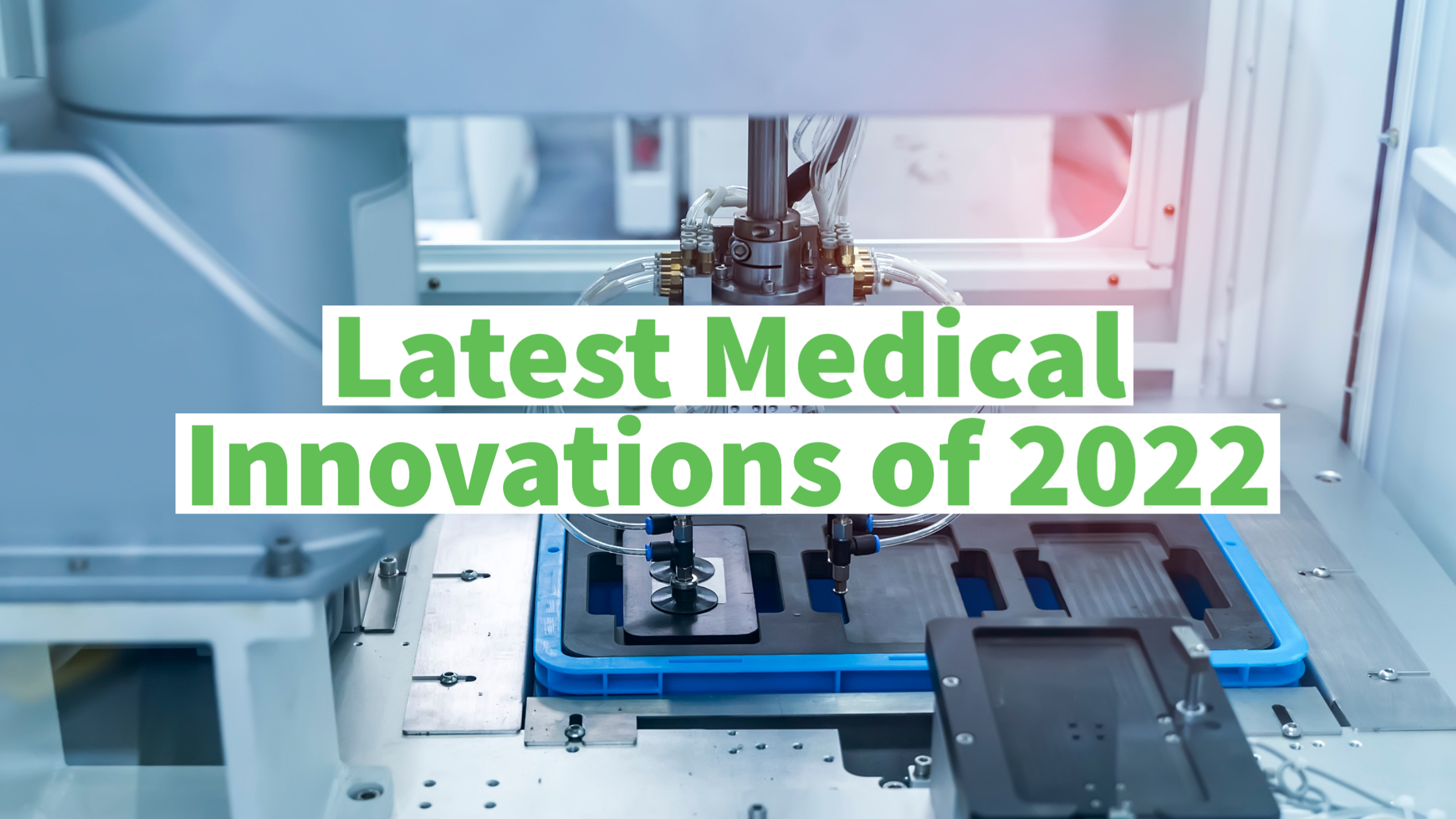Over the last several years, the medical industry manufacturing sector has evolved, changing and adapting to life amid a worldwide pandemic. Companies in the healthcare manufacturing sector needed to discover new ways to connect and serve patients. As we see in 2022, the FDA authorized several new innovations in the medical device sector.
Medical and pharmaceutical advancements have saved countless lives and improved lives for numerous others. The new healthcare products and medical devices are designed to help medical businesses and people. This article will look at some of the most recent medical device manufacturing innovations in 2022.
Latest Innovations in Medical Device Manufacturing
Prometra Programmable Infusion Pump System
The Prometra Programmable Infusion Pump System is a revolutionary technology comprising a Pump capable of injecting medications into the intrathecal region. This gadget was highly successful, and the FDA authorized it on January 12, 2022.
Flowonix created it. It is a corporation supporting medical education and is active in the pain treatment and alleviation community. Flowonix created and built the medical device for medication delivery into the spinal cord. To relieve patients of a range of chronic conditions and assist them in returning to everyday lifestyles.
It is a battery-powered controlled infusion pump that is permanently installed and distributes medication precisely into the fluid-filled region around the spinal cord known as the intrathecal space. It consists of a pump, a controller, and a catheter. It has a teardrop-shaped pump with a robust titanium casing and a stream controlling system with triple reliability. It has a release valve that will cut off medication supply to the patient if an increased flow velocity is detected to improve safety.
The Prometra Pump System was initially authorized in elderly patients for intrathecal injection of Infumorph, 0.9% Saline, and intrathecal Baclofen. This authorization broadens the guidelines for users to add Baclofen intrathecal administration in patients aged 12 and above.
Aveir Leadless Pacing System
The FDA authorized the Aveir leadless pacemaker device to treat individuals with slow cardiac rhythms on March 31, 2022. Abbott, a worldwide medical device provider that aids individuals living better thoroughly at all phases of life, created it. Aveir, the world’s sole leadless pacemaker, is intended to be recovered if treatment needs to be updated.
Abbott designed it to repair slower (bradycardia) or erratic cardiac rhythms by creating electric signals that usually stimulate the heart to function. This medical device includes a leadless pacemaker, distribution catheter, and connection unit. The main components used to make the devices are Alumina and Titanium.
It aims to be utilized by individuals with slow or uneven cardiac rhythms and might gain from a pacemaker device that functions in only one heart chamber. This device might be used if a specific pacing device with leads is challenging to install. It simplifies clinicians’ insertion and extraction operations while providing enhancements over conventional solutions.
It is placed directly into the heart’s right ventricle to cure slow heart rates using a minimally invasive technique. Unlike standard pacemakers, it does not need a chest incision to install the instrument or cardiac leads to give treatment.
The gadget features a one-of-a-kind mapping capacity that allows doctors to analyze electrical impulses inside the heart and establish the proper location of the device before final insertion. Adopting ISO standard configurations offers a predicted battery capacity about two times higher than most leadless pacemaker medical devices available on the market.
GORE TAG Thoracic Branch Endoprosthesis
FDA approved The GORE TAG Thoracic Branch Endoprosthesis on May 13, 2022. It is utilized to treat individuals at greater danger for LSA debranching operations. It has suitable anatomy for endovascular treatment of declining thoracic aortic lesions despite keeping circulation into the left subclavian artery (LSA). W. L. Gore & Associates developed it, a medical device manufacturing firm that treats various cardiovascular and other medical issues.
This medical device is developed for minimally invasive TEVAR surgeries and represents the first adaptable, off-the-shelf single-branch thoracic endoprosthesis for patients needing zone 2 therapy. It treats the injury to the most significant artery in the chest. It comprises three implanted fabric tubes held together by a nitinol (Nickel, Titanium) structure. Every stent transplant is delivered using a catheter.
This medical device can heal a variety of lesions, such as:
- Aneurysm, a segment of the aorta wall that is sick, weakening, and bulging.
- Transection, a fracture or rip of the aorta wall caused by blunt force trauma.
- Dissection, whenever the aorta’s inner lining breaks away from the external perimeter.
Quality Metals in Medical Device Manufacturing
Using high-quality components and metals in medical device manufacturing is crucial for creating a functional and efficient product. Titanium, Nickel, Alumina, and other metals are usually employed to manufacture the newest medical devices and advances.
If the material quality is poor, the equipment will not perform well and cause workplace difficulties. As a result, utilizing high-quality metals and investing in high-quality metals for medical industry manufacturing is essential for the healthcare products industry. At Mueller, we provide the appropriate metal coatings for medical equipment. Check out our post on the necessity of utilizing quality metals for a medical device to learn more.
Conclusion
The latest advancements in medical technology are revolutionizing the field. It is essential to stay current to maintain a competitive advantage in this sector.





